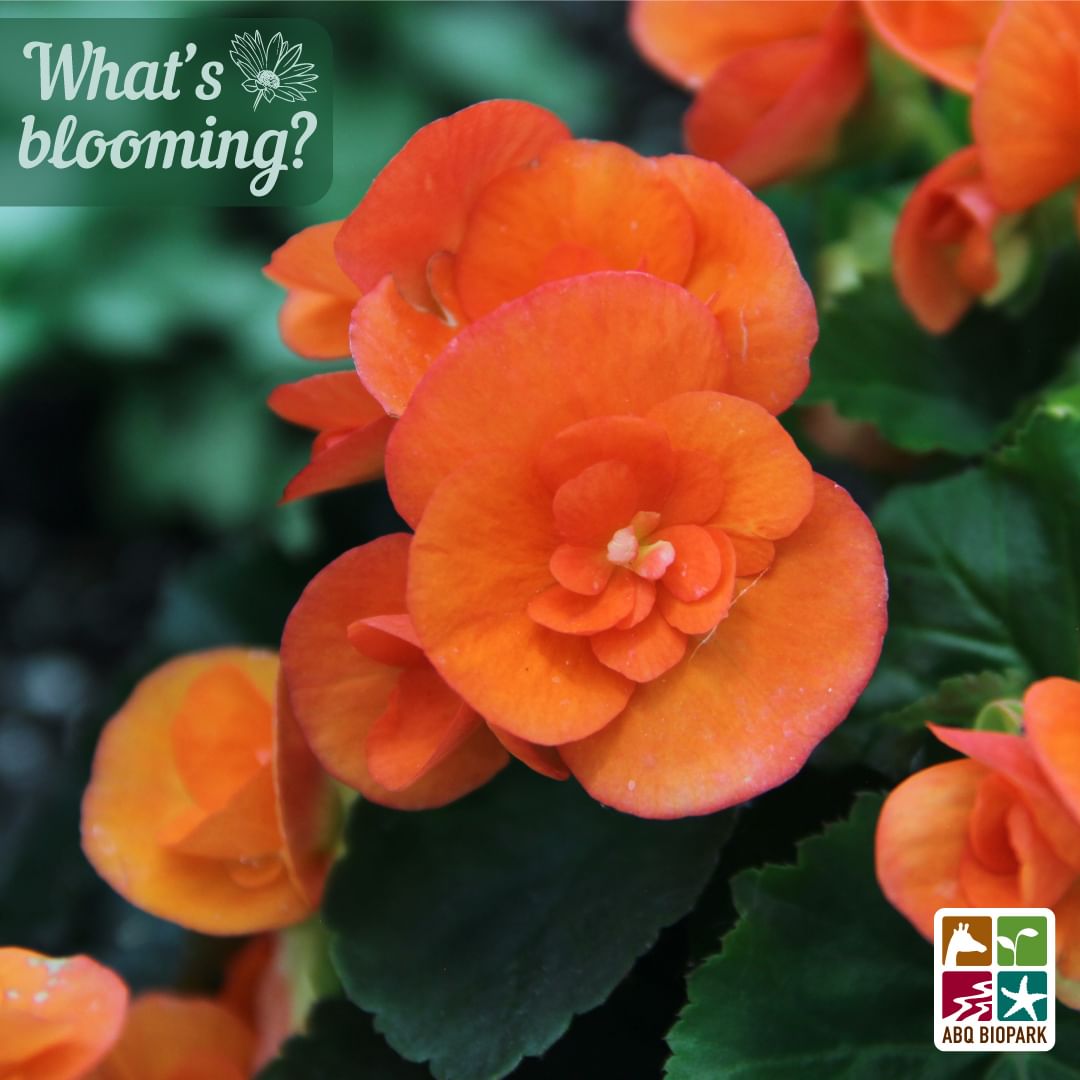1. The genus Begonia is incredibly diverse, with thousands of species worldwide in tropical and subtropical climates.
2. Begonias can be tall, upright, or low-growing ground cover, and all wild begonias thrive in shaded understories.
3. Begonias require well-draining soil and even moisture, and they are susceptible to rot and foliage diseases in cold or wet conditions.
4. Cultivars of begonias are available with eye-catching foliage or non-stop blooming flowers in various colors and shapes.
5. With extra care, begonias can add vibrant color and texture to your summer garden.
Welcome to another edition of What’s Blooming? Wednesdays, we delve into the incredible world of plants and discover different species’ unique and fascinating aspects. Today, we’ll all be charmed by the beauty of the begonia, a genus that holds thousands of diverse species and thrives in tropical and subtropical climates across the globe.
When we think of begonias, we often imagine vibrant flowers and striking foliage, and we’re not wrong! Begonias can be large and upright, reaching impressive heights of three or more feet, or they can be low-growing ground covers that blanket the soil with their delicate leaves. But do you know where these beautiful plants originate from? All wild begonias grow in the shaded understory of tropical forests, where they have adapted to thrive in even moisture and well-draining soil.
If you’re planning to grow begonias in your Garden, it’s crucial to understand the conditions they require. Like many tropical plants, begonias are not fans of cold or wet environments. Exposing them to such conditions can lead to rot and the development of foliage diseases like powdery mildew. To keep your begonias healthy and flourishing, ensure they receive the right amount of sunlight and keep the soil moist but not waterlogged. This extra care will reward you with a versatile and breathtaking plant that adds stunning color and texture to your summer garden.
Now, let’s explore the begonia’s fascinating features. One of the reasons begonias are so popular is their foliage. Cultivars of begonias have been meticulously selected for their eye-catching patterns and colors, making them a preferred choice for those seeking unique and visually striking plants. Imagine leaves with intricate veins in shades of vibrant green, bronze, pink, and even silver!
But the begonia doesn’t stop at beautiful foliage. Many cultivars are known for their non-stop blooming flowers in various saturated colors and fascinating shapes. From delicate single blossoms to extravagant double blooms and vibrant reds and pinks to serene whites and yellows, begonias offer something for every garden enthusiast. The sheer diversity of begonia flowers is truly a sight to behold!
If you’re interested in growing begonias, you’ll be glad to know they can be grown outdoors and indoors as houseplants. It’s essential to select the suitable cultivar for your needs and preferences. Are you looking to create a focal point in your Garden with impressive height, or are you seeking a colorful ground cover that will fill in gaps in your landscape design? There’s a begonia for every purpose, and their adaptability makes them a versatile choice for any plant lover.
To successfully grow begonias, select a well-draining soil mix and a spacious container if you plan on growing them as houseplants. Remember to avoid overwatering, as this can lead to root rot. Instead, water your begonias when the top layer of soil feels dry. With proper care and attention, your begonias will reward you with a summer full of stunning blooms and lush foliage.
In conclusion, the begonia is a fascinating and dynamic plant that captures the hearts of plant enthusiasts worldwide. Its thousands of diverse species, striking foliage, and beautiful flowers make it a valuable addition to any garden or indoor space. By providing the right conditions and a little extra care, you can enjoy the beauty and versatility of begonias throughout the summer and beyond.
To learn more about growing your begonias, visit the Garden’s page for detailed information and tips. Have fun exploring the world of begonias, and may your Garden be filled with the vibrant colors and textures of these remarkable plants!
*****
Source Description
What’s Blooming? Wednesdays-Meet the Begonia: The genus Begonia contains thousands of diverse species and occurs naturally in tropical and subtropical climates worldwide. They can be large upright plants reaching three or more feet or low-growing ground cover. All wild begonias grow in the shaded understory of tropical forests and thus like even moisture and well-draining soil. Conditions that are too cold or wet will cause them to rot or to develop other foliage diseases, like powdery mildew. In our climate, begonias are an annual outdoors or can be grown as a houseplant indoors. Some cultivars have been selected for eye-catching foliage with striking patterns and colors.
In contrast, others are grown more for their non-stop blooming flowers in various saturated colors and flower shapes. With some extra care, the begonia is a versatile plant that can add colors and textures to your summer garden! Visit the Garden’s page to read more about how to grow your own; link in bio! Pictured: Begonia x hiemalis ‘Dark Britt’, festival lawn


